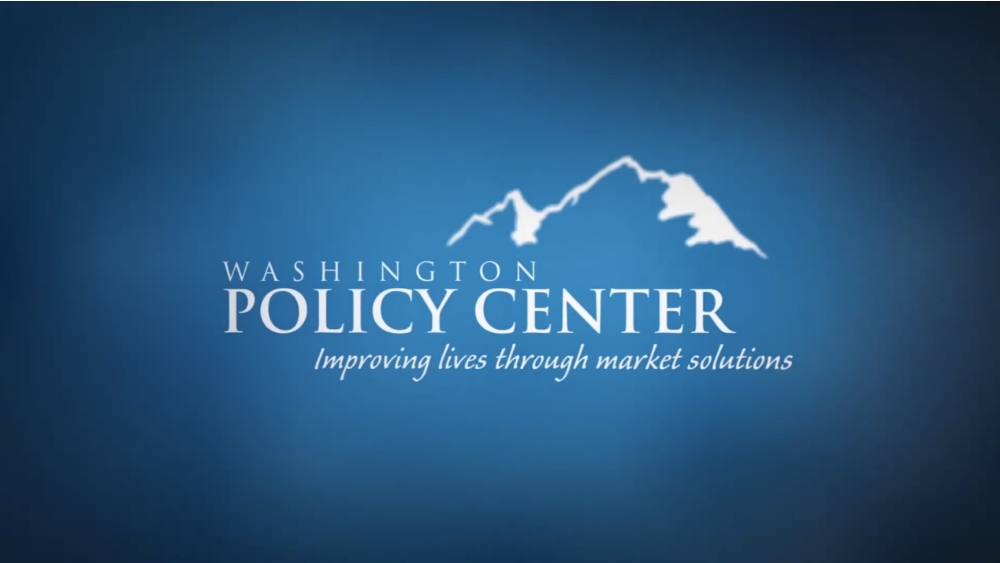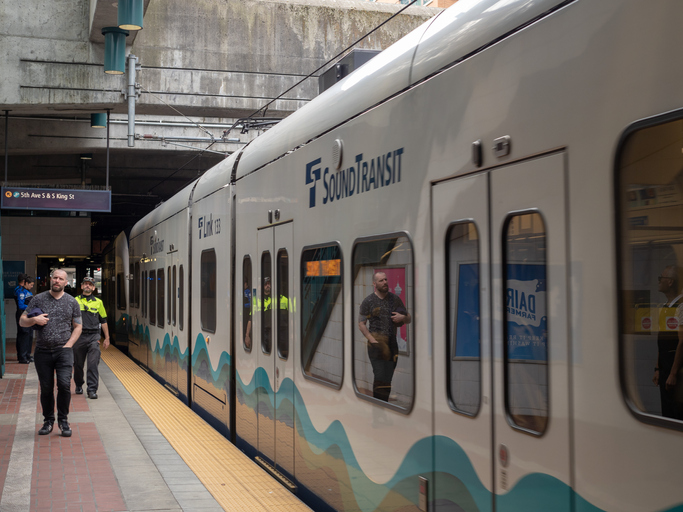Related Articles
An Associated Press story appearing in newspapers across the country trumpets that ridership on public transportation is about the same as it was in the 1950s, leading to enthusiastic “Transit ridership highest since 1956!” headlines. However, the study failed to account for the growth in population, or to look at public transportation’s market share, the percentage of daily trips that are on transit.
In 1956, the United States had a population of 170 million people. In 2014 our country is home to 315 million people. Population has increased by 85% since 1956, but public transit’s overall ridership remains unchanged.
Also, in 1956, Vehicle Miles Traveled (VMT) in the U.S. was 237 billion miles. In 2012, it was 2,954 billion miles, a 1,150% growth in the number of miles people travel. While public transit ridership is at the 1950s level of ridership, transit trips as a percentage of total trips declined dramatically. The Federal Highway Administration reports the average household takes 3,466 total person trips in a year. Of those trips, only 66 are on transit, equal to less than 2% of household trip demand. In Washington state, transit ridership accounts for approximately 2.3% of total trips made by the public.
While the Associated Press thinks its news that total transit ridership is at 1956 levels, when people leave their homes today, they choose a non-public transit form of travel 97.7% of the time.
The article was based on a press release from the American Public Transportation Association. The study says that ridership on public transportation in the U.S. grew by 115.2 million trips last year. However, New York’s subway system carried 106.3 million of those additional trips. 8.9 million trips were added in the rest of the nation combined, amounting to a growth of .1% in public transportation ridership outside of New York’s subway system.



